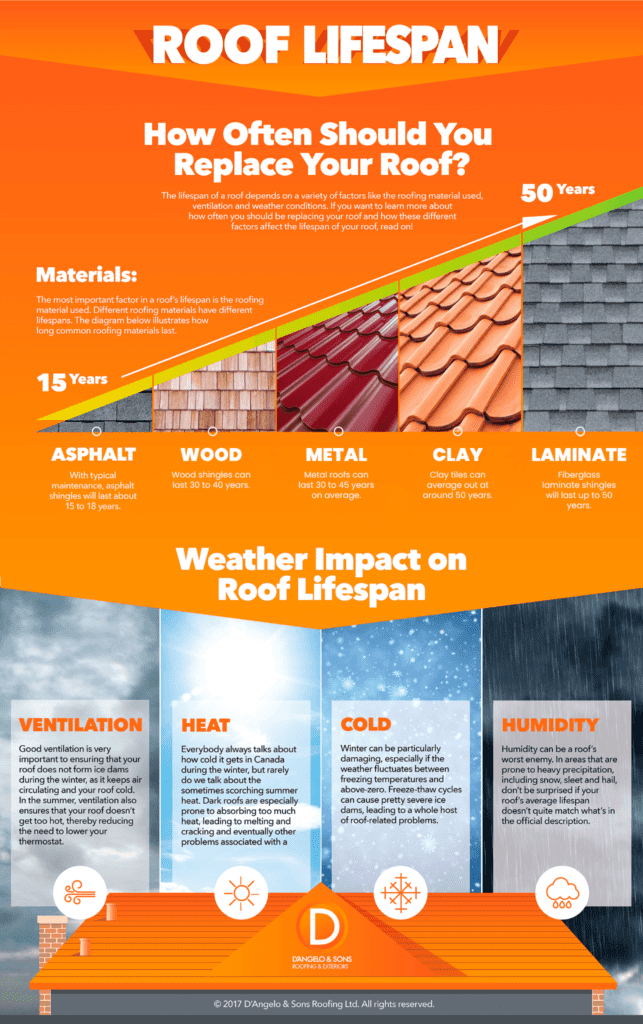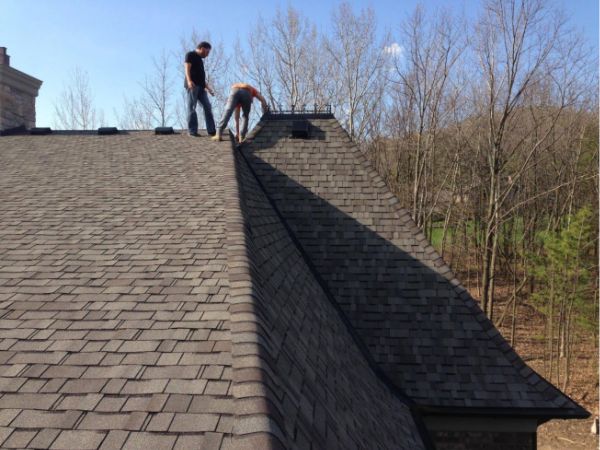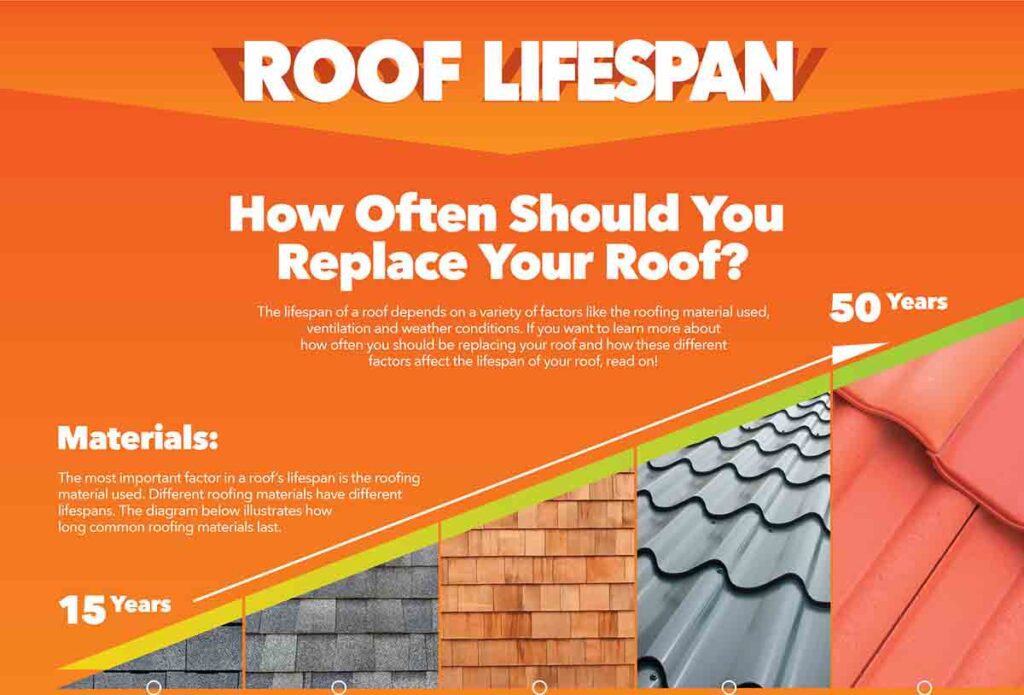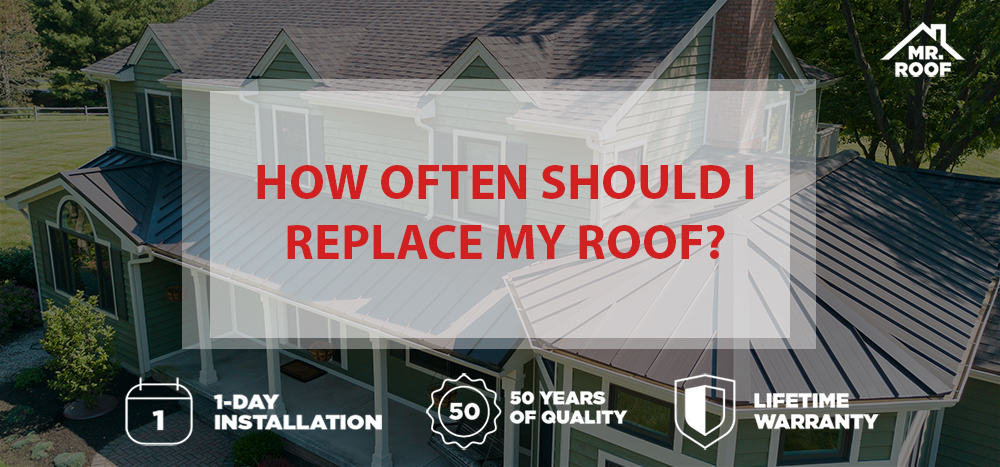Have you ever wondered how often you should replace the roof of your house? It’s a question that many homeowners ponder, as the roof plays a crucial role in protecting their homes. In this article, we will explore the factors that determine the lifespan of a roof and provide you with some insight into when it may be time to consider a roof replacement. So, if you’re curious about the condition of your roof and want to ensure the safety and longevity of your home, keep on reading!
Factors to Consider
When it comes to replacing the roof of your house, there are several factors that you should take into consideration. These factors will help you determine the lifespan of your current roof and whether it is time for a replacement. In this article, we will explore the age of the roof, the type of roofing material, the local climate, maintenance requirements, and the signs of damage. By understanding these factors, you will be able to make an informed decision about when to replace your roof.
Age of the Roof
The age of your roof is a crucial factor in determining whether it needs to be replaced. Different types of roofing materials have varying lifespans, and it is important to know the average lifespan of your specific roofing material. This will give you an indication of whether your roof is nearing the end of its lifespan or if it still has several years left.
General Lifespan of Roofing Materials
- Asphalt Shingles: Typically last between 20 to 25 years.
- Wood Shake Shingles: Can last between 30 to 40 years.
- Metal Roofing: Has a lifespan of 40 to 70+ years.
- Concrete or Clay Tiles: Can last for 50+ years.
- Slate Roofing: Known for its longevity, lasting 75+ years.
Regular Inspections
Regular inspections are essential to determine the condition of your roof and identify any potential issues. It is recommended to have your roof inspected by a professional at least once a year. This will allow you to catch any problems early on and address them before they become major issues.

Type of Roofing Material
The type of roofing material you have also plays a significant role in determining the lifespan of your roof. Different materials have different strengths and weaknesses, and understanding these can help you determine the longevity of your roof.
Asphalt Shingles
Asphalt shingles are one of the most common roofing materials and have a relatively short lifespan compared to other options. They are affordable and easy to install, but they can be susceptible to damage from extreme weather conditions and high UV exposure.
Wood Shake Shingles
Wood shake shingles are known for their natural and rustic appearance. They have a longer lifespan compared to asphalt shingles. However, they require regular maintenance to prevent issues such as mold, rot, and insect infestation.
Metal Roofing
Metal roofing is a durable and long-lasting option. It can withstand extreme weather conditions and has excellent resistance to fire, mildew, and rot. Metal roofs can last for several decades, making them a popular choice for homeowners looking for a long-term solution.
Concrete or Clay Tiles
Concrete or clay tiles are known for their durability and aesthetic appeal. They can withstand harsh weather conditions, including heavy rain and strong winds. With proper maintenance, these tiles can last for 50 years or more.
Slate Roofing
Slate roofing is one of the most durable and long-lasting options available. It is resistant to fire, rot, and insects. However, slate is a heavy material, and proper structural support is required. With the right conditions, slate roofs can last for over 75 years.
Local Climate
The local climate in your area can greatly impact the lifespan of your roof. Different weather conditions can cause wear and tear on your roof, so it is important to consider the climate when determining the replacement frequency.
Extreme Weather Conditions
If you live in an area prone to extreme weather conditions such as hurricanes, tornadoes, or severe storms, your roof may be subject to more damage. High winds and flying debris can cause significant harm to your roof, requiring more frequent replacements.
High UV Exposure
If you live in an area with intense sunlight and high UV exposure, your roof may experience faster deterioration. UV rays can cause shingles to become brittle, fade in color, and ultimately lead to leaks and other issues. Consider the level of UV exposure in your area when assessing the lifespan of your roof.
Heavy Rainfall and Snowfall
Regions with heavy rainfall and frequent snowfall pose a challenge to roofs. Excessive water can lead to leaks, mold, and rot. Additionally, the weight of accumulated snow can place stress on your roof, potentially causing structural damage. In these areas, regular inspections and maintenance are especially important.
Wind Speeds
Strong winds can lift and loosen shingles, leaving your roof vulnerable to damage. Areas with high wind speeds, such as coastal regions, may require more frequent roof replacements. Reinforcing your roofing material and scheduling regular inspections can help prolong the lifespan of your roof.

Maintenance
Proper maintenance is key to extending the lifespan of your roof and ensuring its performance throughout the years. Regular inspections and routine cleaning will help identify and address any issues before they worsen.
Regular Cleaning
Regularly cleaning your roof can help remove debris, leaves, or branches that may accumulate and cause damage. This is particularly important if you have trees overhanging your roof. Keeping your roof clean will also discourage the growth of moss, algae, and other organisms that can deteriorate your roofing material.
Gutter Maintenance
Cleaning and maintaining your gutters is an essential part of roof maintenance. Clogged gutters can lead to water backup, which can cause leaks and damage to your roof. Regularly clearing out debris from the gutters will ensure proper water flow and prevent potential issues.
Insulation Check
A well-insulated roof can help regulate the temperature inside your home and reduce energy costs. Regularly checking the insulation in your attic and roof can identify any areas that need improvement. Proper insulation also helps prevent issues like ice dams during colder months.
Addressing Moss and Algae Growth
Moss and algae can thrive in damp and shaded areas of your roof, causing damage over time. Regularly inspecting your roof for any signs of moss or algae growth and addressing it promptly is crucial. There are various methods to safely remove moss and algae, including using a solution of water and bleach or hiring a professional.
Signs of Damage
Being able to identify signs of damage is essential to determining if your roof needs immediate attention or a replacement. Keep an eye out for these common signs that may indicate roof problems.
Water Leaks
Water leaks are an obvious sign that your roof may be compromised. If you notice water stains on your ceilings or walls, it is important to have your roof inspected immediately. Ignoring water leaks can lead to further damage to your home’s structure and require more costly repairs.
Missing or Broken Shingles
Missing or broken shingles are an indication that your roof is vulnerable to leaks and additional damage. Strong winds or age can cause shingles to become loose or dislodged. Promptly replacing missing or damaged shingles can help prevent further issues.
Mold or Mildew Growth
Mold or mildew growth on your roof or in your attic can be a sign of moisture infiltration. Excessive moisture can deteriorate your roof and pose health risks. Addressing the source of moisture and treating any mold or mildew growth is crucial to protecting your roof and maintaining a healthy living environment.
Sagging or Buckling Roof
If you notice your roof sagging or buckling in certain areas, it is a sign of underlying structural issues. This can be caused by the weight of accumulated snow, moisture damage, or an aging roof. A sagging or buckling roof requires immediate attention from a professional to prevent further damage or potential collapse.

Average Replacement Intervals
While the lifespan of your roof depends on various factors, here are some average replacement intervals for different types of roofing materials:
- Asphalt Shingles: 20 to 25 years
- Wood Shake Shingles: 30 to 40 years
- Metal Roofing: 40 to 70+ years
- Concrete or Clay Tiles: 50+ years
- Slate Roofing: 75+ years
These estimates can vary depending on the quality of installation and maintenance, as well as the local climate.
Regular Inspections and Maintenance
Regular inspections and maintenance are essential to prolonging the lifespan of your roof and catching potential issues early on. Here are some important steps to include in your roof maintenance routine:
Annual Inspections
Schedule an annual inspection with a professional roofer to thoroughly assess the condition of your roof. They will be able to identify any signs of damage, recommend necessary repairs, and provide insight into the lifespan of your roof.
Scheduled Maintenance
In addition to annual inspections, establish a schedule for regular roof maintenance tasks. This can include cleaning your roof and gutters, checking for signs of damage or moss/algae growth, and ensuring proper insulation in your attic.
Prompt Repairs
If your inspector identifies any issues during an inspection or you notice signs of damage yourself, it is important to promptly address them. Ignoring minor issues can lead to more extensive damage and costly repairs down the line. Hire a professional to make the necessary repairs or replacements to ensure the longevity of your roof.

Signs for Immediate Replacement
In some cases, certain signs may indicate that your roof requires immediate replacement rather than just repairs. These signs point to severe damage or compromises to the structural integrity of your roof.
Severe Storm Damage
If your roof has suffered severe damage due to a storm, such as extensive shingle loss, visible holes, or major structural damage, it may be necessary to replace the roof entirely. Consult with a professional to assess the extent of the damage and determine the best course of action.
Structural Compromises
If your roof is sagging significantly, has a noticeable loss of structural integrity, or shows signs of significant rot or decay, replacement may be necessary. A compromised structure can pose safety risks and is unlikely to be effectively repaired.
Excessive Roof Leaks
If your roof is experiencing frequent and significant leaks that cannot be repaired easily, it may be an indication that your roof has reached the end of its lifespan. Multiple leaks can be a sign that the overall integrity of your roof is compromised and that it is time for a replacement.
Conclusion
When considering whether to replace the roof of your house, it is important to take multiple factors into account. The age of the roof, type of roofing material, local climate, required maintenance, and signs of damage all play a role in determining when a replacement is needed. Regular inspections, scheduled maintenance, and prompt repairs are key to prolonging the lifespan of your roof. If you are unsure about the condition of your roof or need guidance on when to replace it, consult with a professional roofer who can provide expert advice tailored to your specific situation. By considering these factors and seeking professional guidance, you can make an informed decision on when to replace the roof of your house and ensure the long-term protection of your home.
